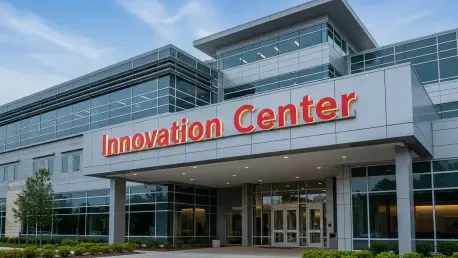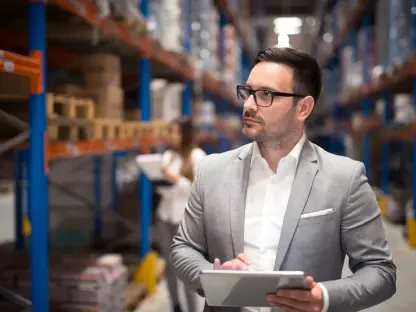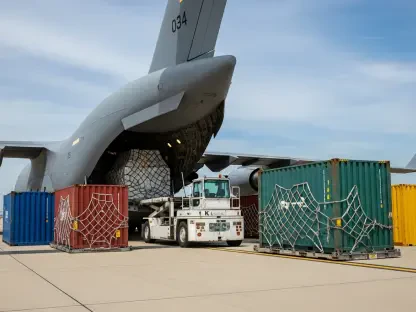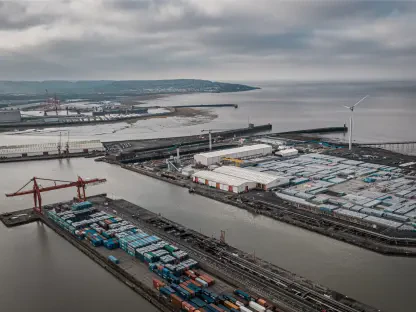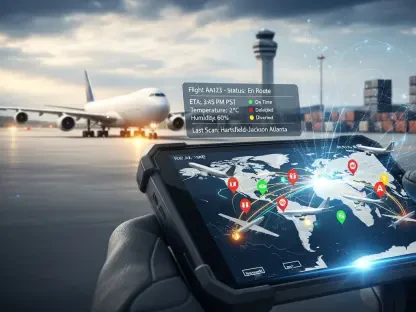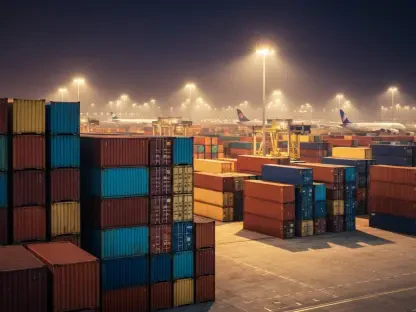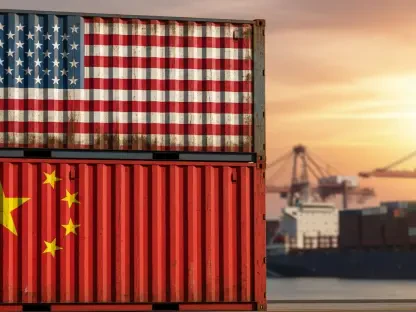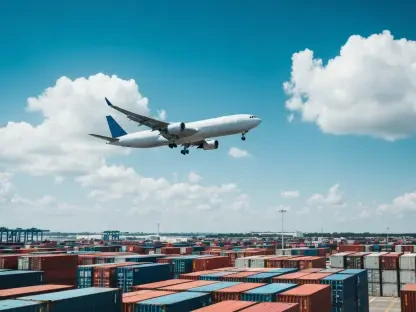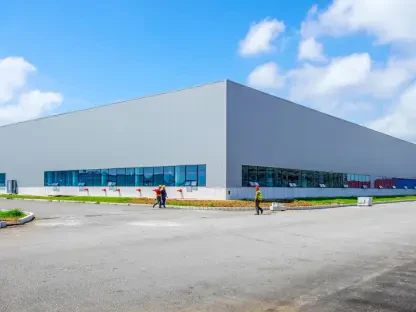What happens when a logistics giant decides to tackle the world’s most pressing supply chain challenges under one roof? In Troisdorf, Germany, near its Bonn headquarters, DHL Group has opened a remarkable facility that’s turning heads across the industry. Spanning 5,360 square meters, this state-of-the-art Europe Innovation Center isn’t just a building—it’s a bold vision of smarter, greener logistics. With global supply chains facing unprecedented strain from e-commerce demands and climate concerns, this hub promises to be a game-changer, sparking curiosity about how technology and sustainability can reshape an entire sector.
A Beacon for Logistics Transformation
The significance of this new center cannot be overstated in today’s complex logistics landscape. As supply chains grapple with disruptions and the transportation sector accounts for roughly 25% of global CO2 emissions, according to the International Energy Agency, the need for innovative solutions is urgent. DHL’s facility in Troisdorf emerges as a critical response, aligning with the company’s Strategy 2030 to prioritize smart growth and emission reductions. This isn’t merely a workspace; it’s a proving ground for ideas that could redefine efficiency and environmental responsibility on a massive scale.
Beyond its immediate impact, the center represents a shift in how the industry approaches problem-solving. By focusing on digital transformation and sustainable practices, it sets a benchmark for others to follow. Businesses worldwide are watching, eager to see how this hub will influence everything from delivery speeds to carbon footprints, making it a pivotal development in the ongoing evolution of global trade.
Exploring the Heart of Innovation
Step inside the Europe Innovation Center, and the future of logistics unfolds through a blend of advanced technology and eco-conscious design. The facility is a testing ground for artificial intelligence (AI), robotics, and the Internet of Things (IoT), with tools like automated sorting systems and predictive analytics poised to streamline operations. Imagine a system that flags delays before they occur—such innovations are being piloted here to boost supply chain resilience.
Sustainability is equally central to the center’s mission. Built using glulam (glued laminated timber) and powered by 100% renewable energy, the building operates with zero greenhouse gas emissions. It has earned the prestigious DGNB Platinum certification, a top European standard for green construction, reflecting a commitment to minimizing environmental impact through every detail of its structure and operations.
Collaboration rounds out the center’s core strengths. Designed to host up to 400 visitors, the modular space facilitates events and workshops, bringing together customers, startups, and research institutions. This dynamic environment fosters partnerships that transform concepts into actionable solutions, positioning the facility as a melting pot of creativity and practical application.
Leadership Insights Driving Change
Behind this ambitious project are voices of vision shaping the logistics frontier. Katja Busch, Chief Commercial Officer of DHL and Head of DHL Customer Solutions and Innovation, articulated the center’s purpose with precision: “This space is about crafting the future through partnerships and the ingenuity of employees. It’s where bold ideas turn into real-world impact.” Her perspective highlights the facility’s role as more than a tech hub—it’s a collaborative ecosystem.
Supporting this vision is the DHL Customer Solutions and Innovation Team, based at the center and tasked with steering the company’s global innovation agenda. Their expertise ensures that Troisdorf becomes a focal point for cutting-edge advancements, blending strategic oversight with hands-on experimentation. This synergy of leadership and technical know-how fuels the center’s potential to drive meaningful progress.
The commitment from top executives also signals a broader industry trend toward integrating innovation with purpose. With such dedicated guidance, the facility stands as a testament to how focused leadership can turn ambitious goals into tangible outcomes, inspiring confidence in its capacity to address complex challenges.
Real-World Applications for Industry Players
The implications of this innovation hub extend far beyond its walls, offering practical lessons for businesses and professionals in the logistics field. One key takeaway is the power of collaboration—whether a small enterprise or a major corporation, partnering with diverse stakeholders can unlock solutions that might otherwise remain out of reach. Engaging with platforms like this center can spark fresh approaches to persistent problems.
Another actionable insight lies in adopting scalable technology. Tools such as AI-driven demand forecasting and IoT-enabled tracking, currently under development in Troisdorf, can enhance operations even for smaller players by reducing waste and optimizing resources. These technologies demonstrate how digital tools can level the playing field, providing efficiency gains across various scales of operation.
Finally, the emphasis on sustainable infrastructure offers a model for others to emulate. Incorporating renewable energy and eco-friendly materials, as seen in the center’s design, proves that lowering a carbon footprint doesn’t mean sacrificing performance. Industry players can draw from this example to integrate green practices into their own facilities, aligning with global environmental goals while maintaining competitiveness.
Reflecting on a Milestone Achievement
Looking back, the launch of DHL’s Europe Innovation Center in Troisdorf marked a defining moment for logistics, showcasing how technology and sustainability could converge to address critical industry challenges. It stood as a powerful reminder that innovation thrives through collaboration, uniting diverse minds to create impactful solutions. The facility’s commitment to reducing emissions while pushing operational boundaries left an indelible mark on the sector.
As the industry continued to evolve, the next steps became clear—businesses needed to prioritize partnerships, invest in scalable tech, and embed sustainability into their core strategies. Exploring similar hubs or adopting practices pioneered in Troisdorf offered a pathway to stay ahead in a rapidly changing landscape. The legacy of this center encouraged a forward-thinking mindset, urging stakeholders to build on its foundation for a smarter, greener future in global trade.
